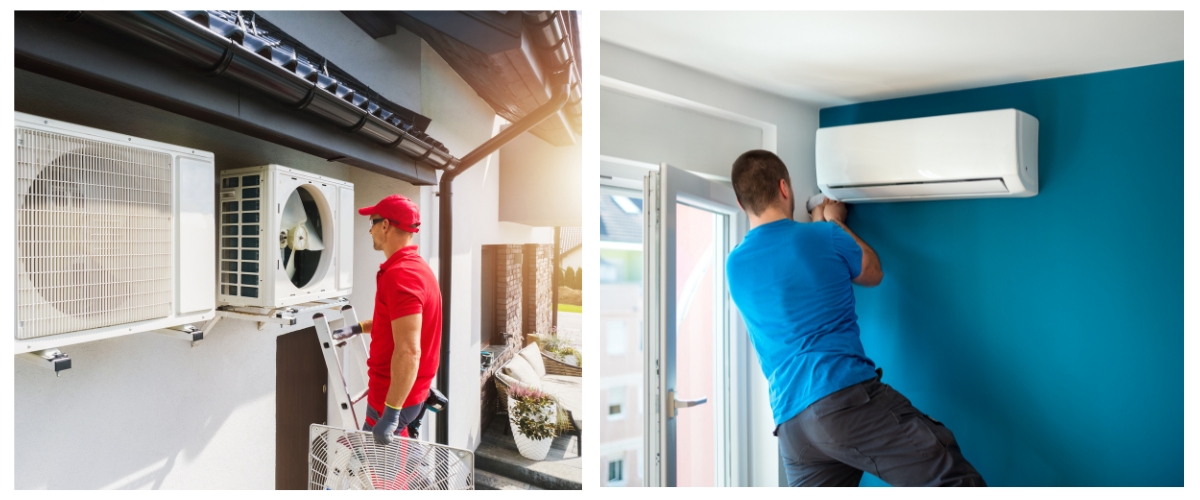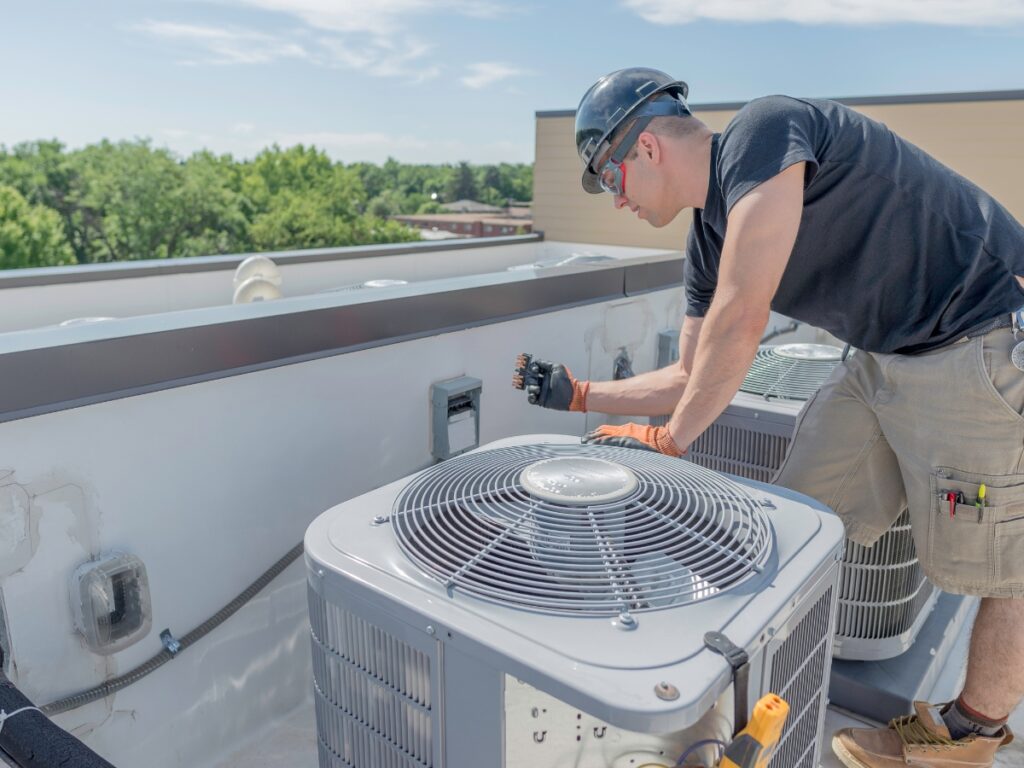Welcome to the ultimate guide to indoor climate control. As you navigate the options available for maintaining a comfortable living or working space, it’s crucial to understand the nuanced differences between HVAC and air conditioning systems. When it comes to creating the ideal indoor environment, choosing the right system can make all the difference in optimizing your comfort and energy efficiency. In this comprehensive guide, we’ll break down the key distinctions between HVAC and air conditioning, so you can make informed decisions about your indoor climate control.
Understanding HVAC Systems
Any modern building or home is likely to have some form of HVAC system in place for climate control. HVAC, which stands for Heating, Ventilation, and Air Conditioning, is a vital component of maintaining a comfortable indoor environment, regardless of the outdoor weather conditions. Understanding how HVAC systems work and their role in indoor climate control can help you make informed decisions about your own system.
The Role of HVAC in Climate Control
When it comes to regulating the temperature and air quality in your indoor space, your HVAC system plays a critical role. By controlling the temperature, humidity levels, and air circulation, your HVAC system ensures that you can enjoy a comfortable and healthy indoor environment throughout the year. Properly functioning HVAC systems can also help reduce the risk of indoor air pollution and prevent the growth of mold and mildew.
Parts and Working Mechanism of HVACs
- Furnace: Heats the air to maintain a comfortable indoor temperature.
- Air Conditioner: Cools the air for effective climate control.
- Ductwork: Distributes conditioned air throughout the building.
- Thermostat: Allows users to set and control the desired temperature.
- Air Filters: Remove dust, pollen, and particles, enhancing air quality.
The HVAC system operates through a sequence involving air intake, conditioning, and distribution to ensure consistent climate control across different areas of the building.

Exploring Air Conditioning
However, air conditioning is a crucial component of indoor climate control. It not only cools your indoor space during hot summer months, but also helps control humidity levels and improves air quality.
The Function of Air Conditioning in Indoor Climate Control
When it comes to maintaining a comfortable indoor environment, air conditioning plays a vital role in regulating temperature and humidity levels. With a properly functioning air conditioning system, you can ensure that your indoor space remains cool and comfortable, especially during the scorching hot days. Additionally, air conditioning helps in reducing the risk of heat-related illnesses and improving overall indoor air quality.
Parts and Working Mechanism of Air Conditioners
- Compressor: Pressurizes the refrigerant.
- Condenser: Releases heat as the refrigerant flows through.
- Evaporator: Absorbs heat from indoor air.
- Refrigerant: Circulates through the system, facilitating heat exchange.
The air conditioning process involves a continuous cycle where the compressor pressurizes the refrigerant, sending it to the condenser to release heat. The cooled refrigerant then moves to the evaporator, absorbing heat from indoor air and effectively cooling the environment. However, it’s crucial to emphasize that proper maintenance is essential, as malfunctioning parts or neglect can lead to potential health and safety risks despite the relief provided by air conditioners from the heat.
HVAC versus Air Conditioning
Now, let’s take a closer look at the key differences between HVAC and air conditioning systems. While both are designed to control indoor climate, they have distinct features and functionality that set them apart.
Contrasting HVAC and Air Conditioning Systems
When it comes to HVAC vs air conditioning systems, the main difference lies in the scope of functionality. Air conditioning refers to the process of cooling the air in a specific space, typically using a refrigeration system. On the other hand, HVAC (Heating, Ventilation, and Air Conditioning) systems offer a more comprehensive approach to indoor climate control. HVAC systems not only provide cooling, but also heating, ventilation, air filtration, and humidity control. This integrated approach gives you more control over your indoor environment, ensuring comfort and air quality all year round.
Pros and Cons: Comparing HVAC and AC
When considering HVAC versus air conditioning, it’s essential to weigh the pros and cons to determine which option best suits your needs. Here’s a breakdown of the advantages and disadvantages of each system:
Pros and Cons of HVAC vs Air Conditioning
| HVAC | Air Conditioning |
|---|---|
| Pros | Pros |
| Provides heating, ventilation, and air filtration | Efficiently cools indoor spaces |
| Can help maintain consistent humidity levels | Easy to install and operate |
| Offers comprehensive climate control | Lower initial cost |
| Cons | Cons |
| Higher upfront cost | Limited functionality |
| Requires professional installation and maintenance | Does not provide heating or ventilation |
Ultimately, the decision between HVAC and air conditioning will depend on your specific needs and priorities. While HVAC offers a more comprehensive approach to indoor climate control, air conditioning may be a more cost-effective and straightforward solution for cooling your space.
Navigating the Climate Control Landscape
Following this ultimate guide to indoor climate control, you now have a better understanding of the differences between HVAC and air conditioning systems. You have learned about the various components that make up these systems, their functions, and how they contribute to maintaining a comfortable indoor environment. With this knowledge, you can make informed decisions about the best option for your home or business. Whether it’s heating, ventilation, air conditioning, or a combination of these, you can ensure that you create the ideal indoor climate for your needs.

